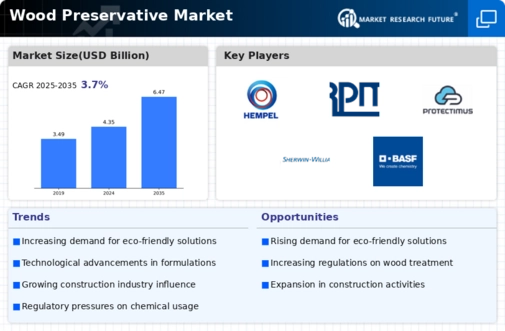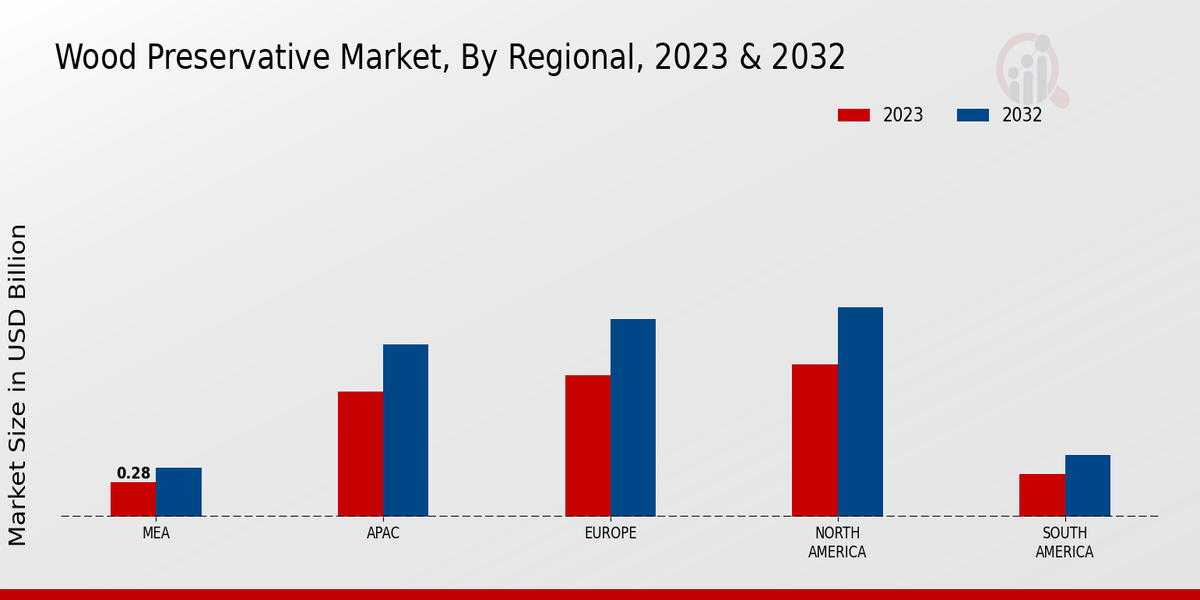The Wood Preservative Market is growing significantly owing to several of its key market drivers such as, rising demand for referring to the ‘greener’ construction materials as well as the increasing awareness about wooden durability. With the growth of urbanization, and hence many infrastructure development activities, there has been a high demand for wood products that are rot-free, pest-free and are not easily destructed by weather elements.
The increasing trend of risk based on the cost of wood preservation to the environments has influenced these manufacturers to come up and embrace sophisticated wood impregnation processes which in turn improves the life of the products. Moreover, the advent of the use chemicals for preservation has brought about policies that encourage the use of bio-based preservatives in order to protect the environment and raise consumer consciousness.
However, the Wood Preservative Market has several such as green and environment-friendly chemical preservatives that are even more abound. Businesses that are engaged in the development and marketing of health based wood preservatives would not only attract a growing health oriented client base but would also be able to meet regulatory trends in a more sustainable direction. In addition, such regions, especially those in the developing countries which have rising construction activities, provide ample opportunities for the market’s penetration in expansion.
The Wood Preservative Market has recently shown signs of a moving in the direction of new trends embedded in new technologies and more improved understanding of the science of wood preservation. The ecological advantages of waterless coatings are also fuelling the R&D efforts in efforts to adopt the more effective water-borne and nanotechnology preservatives. There is a movement in the sector wherein manufacturers are working with research institutes to improve the products and reduce toxic emissions.
This paradigm demonstrates a positive trend of industry players to comply with the regulatory requirements while meeting consumer needs, thereby setting the pace for a more dynamic and sustainable future market.
Source: Primary Research, Secondary Research, Market Research Future Database and Analyst Review
The increasing emphasis on sustainable building practices and the growing awareness of environmental impacts are driving innovations in wood preservation technologies, which may reshape the future of the industry.
U.S. Environmental Protection Agency
















